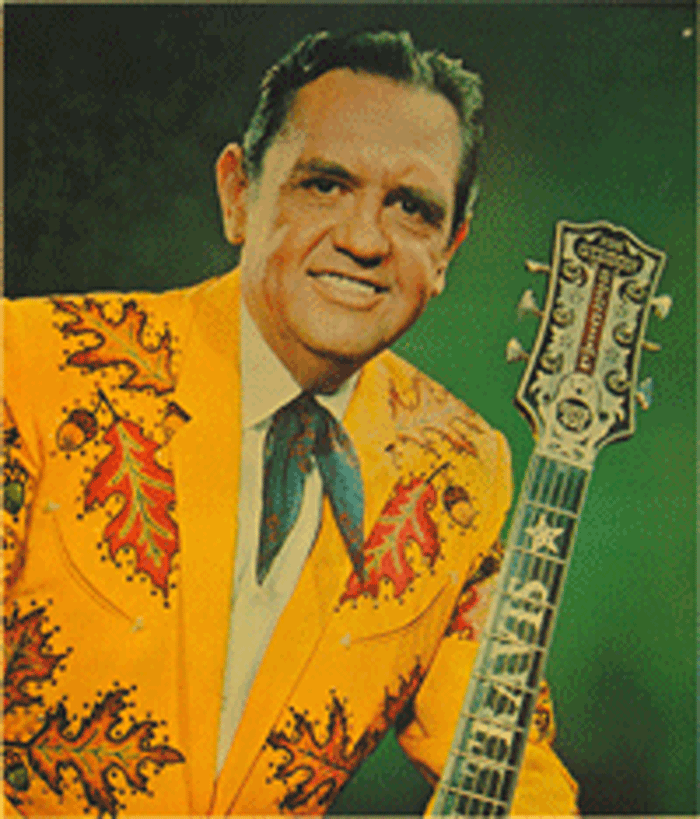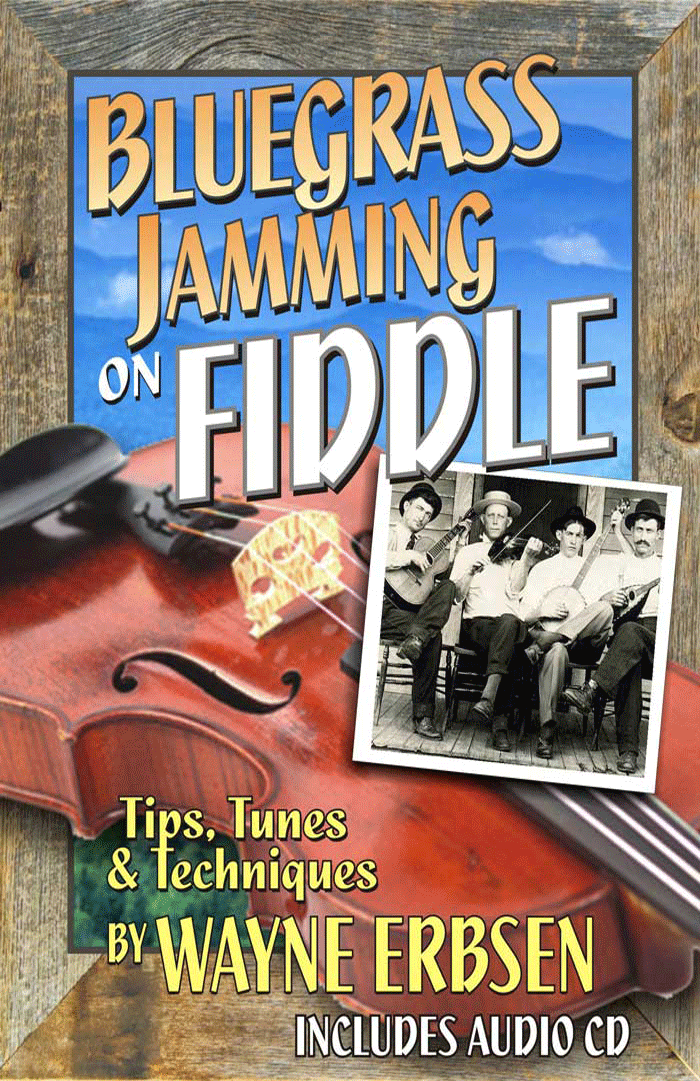By Wayne Erbsen
Over the years, there’s been a dizzying array of gizmos created to help us find the right pitch for singing or to help us tune our instruments. The first one I remember was a round pitch pipe the music teacher in my elementary school used when we would sing in class.
 When I first started playing the guitar in the early 1960s, it was common to use a tuning fork. Since that time I’ve heard that tuning forks have been produced in different sizes and pitches, but my only experience was with an “A” tuning fork. I
When I first started playing the guitar in the early 1960s, it was common to use a tuning fork. Since that time I’ve heard that tuning forks have been produced in different sizes and pitches, but my only experience was with an “A” tuning fork. I



 One of my favorite gospel songs of all time is I Am a Pilgrim. I first heard it back in the early 60s when I was listening closely to Doc Watson, who sang it and picked it on the guitar. Doc freely admitted that he learned it from the great Merle Travis, so I always assumed Travis composed it. Digging a little deeper, I found that it was recorded by 14 African-American singers before it was even a gleam in Travis’ eye.
One of my favorite gospel songs of all time is I Am a Pilgrim. I first heard it back in the early 60s when I was listening closely to Doc Watson, who sang it and picked it on the guitar. Doc freely admitted that he learned it from the great Merle Travis, so I always assumed Travis composed it. Digging a little deeper, I found that it was recorded by 14 African-American singers before it was even a gleam in Travis’ eye.
